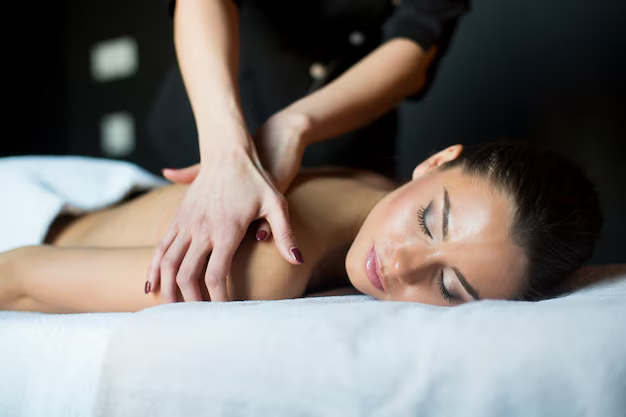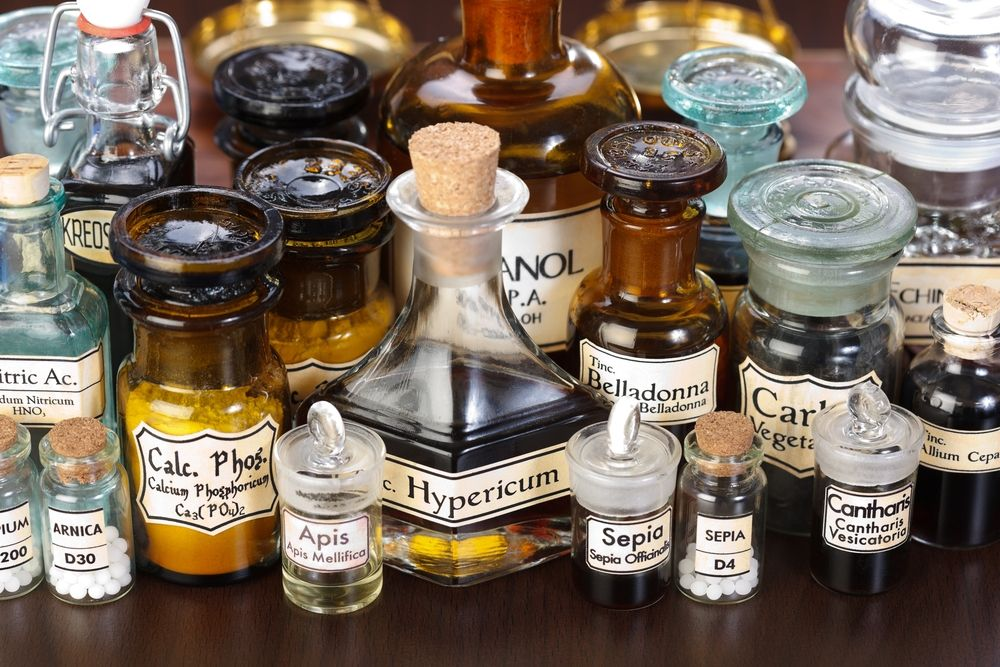What is the Difference Between OT and PT? An In-Depth Analysis
Did you ever think about what sets physical therapy (PT) and occupational therapy (OT) apart? These two practices are important for rehabilitation and improved quality of life, but they have different purposes that can be easily confused. This article will discuss the unique responsibilities of PT and OT with regard to overall health as well as wellness; it will also explain when each should be used. Let us get started uncovering some interesting information about these two crucial therapies. What is the main focus of Occupational Therapy (OT)? Occupational Therapy (OT) focuses on helping individuals improve their ability to perform daily tasks and activities. It addresses cognitive and physical challenges, emphasizing skills needed for independent living. Personal strategies are incorporated by the therapist to enhance the quality of life by using adapted techniques and tools. OT includes an assessment of the person’s home, work, and social environments to determine any barriers to participation in daily activities. Therapists design interventions that may include assistive devices, task modifications, or exercises for the development of fine motor skills. Occupational therapy helps greatly for people who are regaining their health back from previous injuries or those with chronic conditions. What does Physical Therapy (PT) focus on? Physical Therapy (PT) focuses on improving movement, strength, and physical function. It involves exercises, manual therapy, and techniques to reduce pain and enhance mobility. PT aims to restore movement following injury or surgery and prevent future physical impairments. PT programs are individualized based on a person’s needs, usually after the evaluation of their physical condition. The therapists use modalities like heat, cold, or electrical stimulation to relieve pain. This is especially good for athletes while recovering from injuries, people just after any surgery, or those who are experiencing chronic conditions of pain. How do OT and PT differ in patient goals? OT focuses on improving daily living and independence, while PT aims to enhance movement and physical capabilities. OT helps patients adapt to their environments, whereas PT emphasizes strengthening and rehabilitation to improve overall physical health. Both therapies often work together for comprehensive care. While OT may be working on teaching a patient how to use adaptive equipment to dress himself, PT would focus on various exercises to improve the range of motion necessary for dressing. In such a way, by working on different aspects of recovery, OT and PT help to enhance the patient’s quality of life. When is Occupational Therapy recommended? Occupational Therapy is recommended for individuals facing challenges in performing daily activities due to physical, developmental, or cognitive conditions. It’s beneficial for those recovering from injury, stroke, or surgery, and people with chronic conditions affecting daily function. OT aims to improve life quality and independence. OT can facilitate the person to regain his or her lost skills or alternative ways of doing it through the use of adaptive techniques. They are more beneficial to children with developmental delays, adults recovering from neurology, and even the elderly having problems pertaining to old age. The interventions vary according to the needs and goals of the patient. When is Physical Therapy recommended? Physical Therapy is recommended for individuals experiencing pain, movement restrictions, or recovery from surgery or injury. It addresses musculoskeletal issues, sports injuries, and chronic pain conditions. puts much emphasis on the enhancement of mobility, muscle strength, and function, very often avoiding further physical deterioration. PT can also do wonders in the rehabilitation period, especially after surgery, like joint replacements, and even in the management of chronic conditions as in the case of arthritis. The therapist makes a customized exercise plan that enhances strength, flexibility, and balance. PT is further used to enhance the performance of body parts as a preventive measure and reduce the risk of injuries. Can OT and PT be used together? Yes, OT and PT are often used together to provide comprehensive care. They complement each other, with OT focusing on daily activity skills and PT improving physical function. This combined approach can enhance overall recovery by giving holistic support according to the needs of the individual patient. This makes OT and PT a multidisciplinary approach to rehabilitation. A patient who has suffered a stroke, for example, might be doing PT to regain muscular strength and balance, then work with OT to learn new ways of achieving tasks like cooking and dressing. The coordination enhances the optimal outcome of the patients and brings improved quality to life. For patients who need assistance with activities such as eating, dressing, bathing, and other everyday tasks, occupational therapy would be ideal. It mainly emphasizes independence in day-to-day occupation. This kind of physical therapy is suitable for those recuperating from surgery or sports injuries, it also helps improve mobility and decrease pain. It aims at improving physical functioning and relieving discomfort. How do you choose between OT and PT? Choosing between OT and PT depends on individual needs. OT is ideal for improving daily activity skills, while PT focuses on physical rehabilitation and movement. Consulting healthcare providers helps determine the appropriate therapy based on specific goals, conditions, and functional challenges. Providers look at a patient’s condition, their goals, and daily challenges to propose the necessary therapy. Some patients would need both therapies run together, some need only one. Identifying the particular roles of both, and the benefits accruable therefrom, should lead to effective decision-making. Wrapping Up! One must understand the distinctions between Occupational Therapy and Physical Therapy for better healthcare choices. Both approaches have significant roles in rehabilitating patients, as well as increasing their life standards, although they do it differently. The decision between OT or PT is important when a person requires assistance with daily tasks or physical rehabilitation either for himself or his family members because it affects the recovery process considerably. To achieve improved health and autonomy, people need to realize that OT benefits them unlike PT. These therapies, sometimes working together, can help achieve the best possible outcomes for overall well-being and a fulfilling life.











